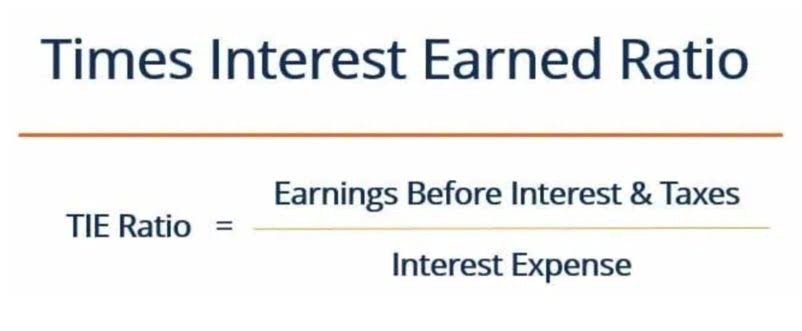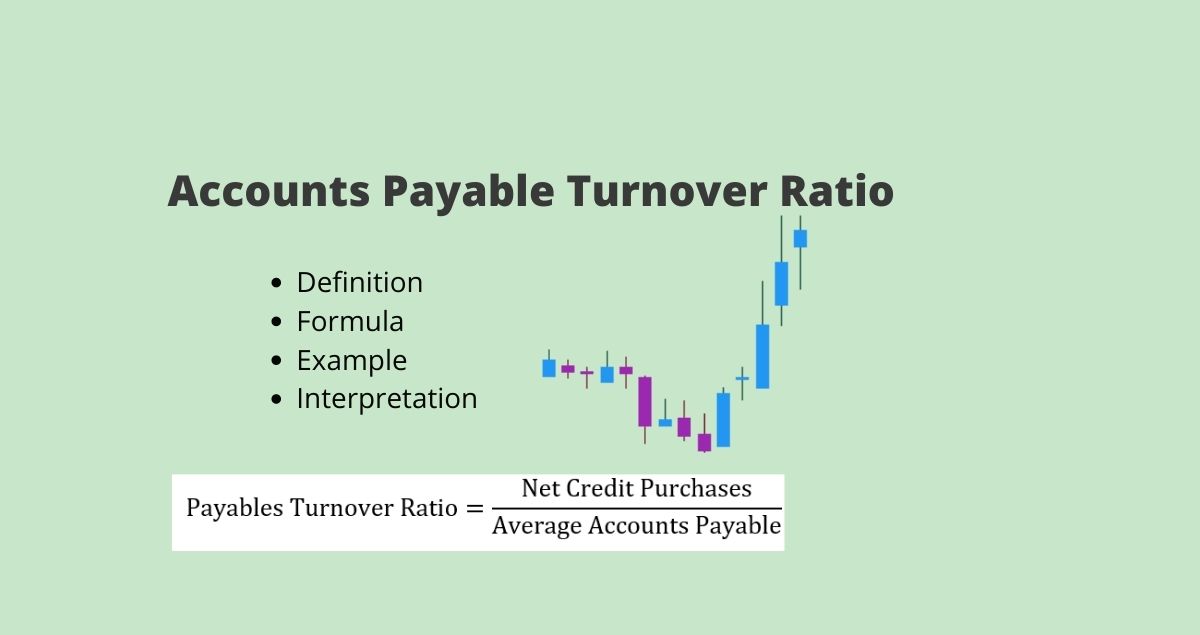
It offers basic bookkeeping features such as expense tracking, project management, and time tracking. So, if you don’t mind your services separated into discrete subscriptions, and appreciate a tech-focused (and very bookkeeping solutions low cost) bookkeeping service, Finally might well be the cost-effective choice for you. However, if you’re looking for a more traditional bookkeeper and a dedicated CPA, you may be better served by looking elsewhere.

Odoo and TurboCASH can streamline cash management for international companies. Read through our reviews of the 10 best free bookkeeping options to learn more. If you’re nervous about setting up accounting software for the first time, Kashoo’s experts can talk you through it. So while Kashoo isn’t as comprehensive as competitors like QuickBooks, Xero, and FreshBooks, its customer service reputation is a definite point in its favor.
Accounting Software FAQs
Additionally, Bookkeeper360’s much-vaunted app does not disappoint, with 5/5 stars from all reviewers, who cite its excellent integrations, insightful data visualizations, and easy integration with Xero bookkeeping software. In a field populated with deceptive payment structures, seeing their services billed monthly, and the monthly bill actually corresponding to what you pay, was a welcome breath of fresh air. However, as Aced Accounting’s plans come with transaction limits on credit card reconciliation, there may be fees that they simply are not publishing.
It has all the essential features needed and at year-end accountants can easily pull reports to help prepare your business’s tax return. Sage Business Cloud Accounting offers two affordable plans for small businesses with up to 10 employees, including audit trails and third-party integrations. Taking a QuickBooks course is a great way to learn about the top accounting software. Online business debt management has become widely popular because it meets the specific needs and challenges faced by … Although if you’re looking for bookkeeping, other companies on this list offer all of that for less in their basic plans. Bookkeeper360 is a well-reviewed fintech bookkeeping software and management company with numerous awards.
Accounts Comparison
But if you’re looking for a go-to option that works, that’s easy to use and that most financial pros are already familiar with, this one is hard to beat. However, it’s important to take steps to ensure the security of your accounting software and financial data, such as using strong passwords and avoiding public Wi-Fi networks. Most accounting software includes security features such as encryption and multi-factor authentication. Sage Accounting provides great value at a low cost to small business owners while offering additional features and support that may be useful to them. By leveraging these capabilities, businesses can achieve a more organized, efficient, and accurate financial management system. Accounting software not only saves time but also provides a clear view of the company’s financial health, which is essential for informed decision-making.
Personal FICO credit scores and other credit scores are used to represent the creditworthiness of a person and may be one indicator to the credit or financing type you are eligible for. Nav uses the Vantage 3.0 credit score to determine which credit offers are recommended which may differ from the credit score used by lenders and service providers. However, credit score alone does not guarantee or imply approval for any credit card, financing, or service offer. For complete information, see the terms and conditions on the credit card, financing and service issuer’s website. In most cases, once you click “apply now”, you will be redirected to the issuer’s website where you may review the terms and conditions of the product before proceeding. InDinero focuses on providing startups in the growth stage with accounting services to help them move toward an exit strategy.
List of Bookkeeping Companies Accounting & Bookkeeping Firms
Read the reviews, download a few demos to test drive the options, and find the one that’s right for you. Many small business owners would be well-served by a good bookkeeping software application that records financial transactions properly and produces basic financial statements. Bookkeeper360 assigns an experienced U.S.-based bookkeeper to handle your books. These bookkeepers have years of experience in different industries and in using different kinds of accounting platforms. Besides that, Bookkeeper360 offers an exclusive KPI analytics app that uses your accounting data to provide insights about your business’ performance. By integrating Bookkeeper360 with QuickBooks or Xero, it extracts data from your accounting software and converts it into useful data visualizations to help you see how your business is doing.
FreshBooks is easy to use and affordable, with plans starting at $15 per month for up to 5 clients. It’s designed for those without an accounting background and is a good fit for service-based businesses like consultants, web designers, and photographers. So, while it appears that Finally offers some powerful software, it comes with a series of separate subscriptions, as opposed to an easily digestible upfront cost.
Additionally, 1-800Accountant does not provide invoicing or bill pay services or the ability to customize your plan, so its score was lowered in these areas. The best online bookkeeping services depend on the exact needs of your business. If you have fallen behind on your books and want to get caught up, Bench might be the best option for you. If you’re using QuickBooks Online, QuickBooks Live can match you with a ProAdvisor to help you manage your books. If you need other services aside from bookkeeping, such as financial planning, tax advice, and payroll, you should consider Bookkeeper.com.










